In Britain today, Islam in its original essence is not to be found in mosques or Muslim schools, but on the first floor of the British Museum. There, the Albukhary Islamic gallery, newly opened to the public, dazzles visitors and defies every certainty promoted by today’s hardline Muslim activists. This spectacular exhibition of objects from across continents and centuries shows us a history of continuity of civilisations, coexistence of communities. It offers a compelling corrective to current popular notions of Islam as an idea and a civilisation.
Too often, we assume that Islam’s arrival on the world stage involved some violent break with the past that brought forth a new Muslim civilisation. The artefacts, coins, pottery and tiles on display here from the British Museum’s own collection from the 7th century onwards reveal a different and more accurate history. The Prophet Mohammed was born in 570 in a world dominated by the Sasanians and Byzantines. He and his followers broadly followed the art and architecture, empire and power structures, of this pre-existing world. The earliest Islamic coins were copies of the gold and silver drachms used by the Sasanians. Even the name of the Muslim gold coin, the dinar, was derived from the Roman denarius.
Euclid’s Elements taught Muslims the rules for the monumental mosques they built with their domes and perfect proportions. Gilded flasks from Syria from as late as the mid-1200s show designs with an eagle and dancer, popular motifs in the arts of the Mediterranean at the time. The Prophet’s shirt was ‘Made in Rome’. Medieval Muslim philosophers such as Averroes referred to Aristotle as ‘al-Shaikh al-Yunani’, the Greek shaikh. Islam did not kill the Greco-Roman past, but revived it. That spirit radiates through the British Museum’s exhibition.
Coexistence was the hallmark of Muslim civilisations, from China to the Philippines, from Malaysia to Africa and the Middle East. It was not isolated to Muslim Spain. Jewish, Christian and Muslim bread stamps, a practice from Roman times, thrived in Muslim-controlled Egypt. The gallery has a sample of remarkable stone stamps from between 1000 and 1200. Paintings and tile works, engravings on flasks, works by Sephardi Jews and Armenian Christians, but also perfume carriers from 11th-century Ismailis and 19th-century paintings from Bahais, show the diversity that thrived within Islamic civilisations.
A powerful corrective awaits schools and teachers from across the country who visit the museum. Today’s insular Muslim community leaders may reject science and Darwin, oppose music as a tool of the devil, and cover their women for fear of love and lust. But from the 700s onwards, scientists and thinkers built on pre-Islamic advances in the study of astronomy and other sciences. Astrolabes, the name derived from the Greek astro labos or ‘star-taker’, were the computers of the time. A magnificent 13th-century astrolabe reminds us of the patronage of innovation in science and free thought by medieval Muslim rulers.
Musical instruments from various Muslim civilisations are evidence that music, with its diverse regional styles, was significant in religious and secular settings. Theatre, dance performances, divine remembrance or dhikr using music were all popular in mosques, town squares and at Sufi gatherings. Yet Islamic State, the Taleban and other hardliners ban music today.
The curators do a fantastic job of tackling modern shibboleths with intelligence and subtlety. The Taleban detonated the ancient Bamiyan Buddhas and Islamic State exploded parts of Palmyra because the statues and figurative art offended the sensitivities of today’s literalist monotheists. A centuries-long collection of tiles and jugs and other objects shows us that figurative art was normal in the Islamic world. Umayyad coins from the 7th century, decades after the passing of the Prophet, carry the image of the caliph Abd al-Malik (r.685–705). Verses of the Quran appeared on tiles with peacocks as late as 1308; Persian dishes from the 1600s, possibly from Muslim hunting lodges, were decorated with pheasants.
This love of beauty and divinity did not shy away from human desire. The British Museum has a copy of the Mughal’s Hamzanama (Book of Hamza), an epic romance inspired by the Prophet’s uncle Amir Hamza. Also on display is the other classic tale of deep yearning, the story of Layla and Majnun, lovers who met at school and have inspired generations of Muslims. That true love is remembered at the British Museum. Although Layla loves Majnun, the two are forbidden to marry — the eternal story.
Where is that Islam of love, compassion and coexistence? Hasan al-Basri, an 8th-century Muslim thinker from Basra, was so frustrated with the Muslims of his day, compared with earlier believers, that he wrote: ‘The Muslims are all in their graves and Islam is only to be found in books.’ In Britain today, it seems that real Islam is only to be found in the British Museum.
Got something to add? Join the discussion and comment below.
Get 10 issues for just $10
Subscribe to The Spectator Australia today for the next 10 magazine issues, plus full online access, for just $10.
You might disagree with half of it, but you’ll enjoy reading all of it. Try your first month for free, then just $2 a week for the remainder of your first year.

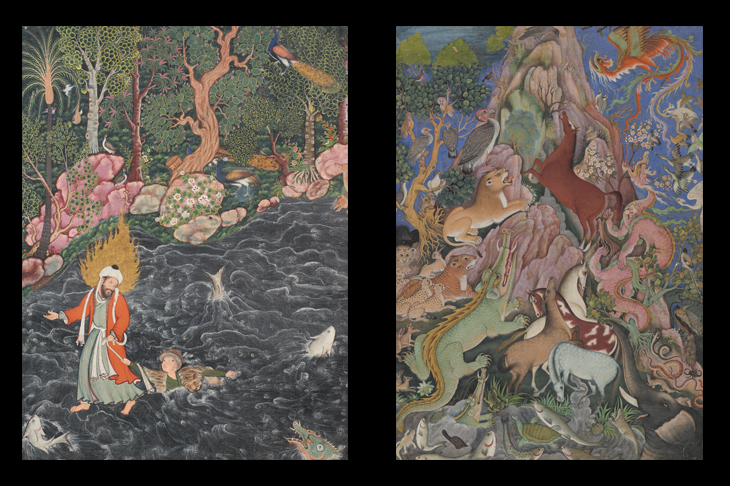

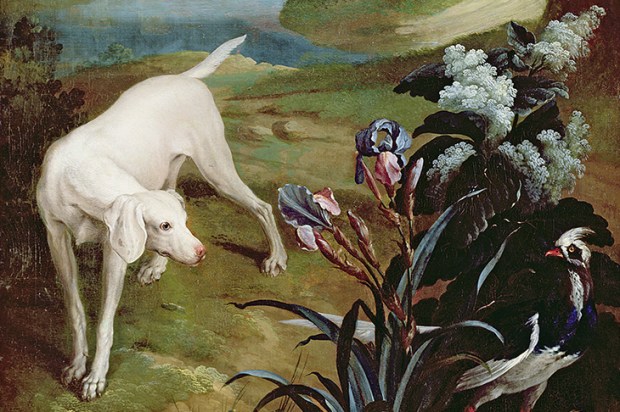
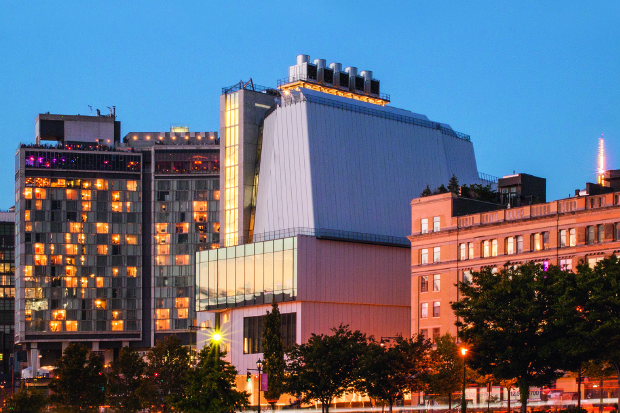

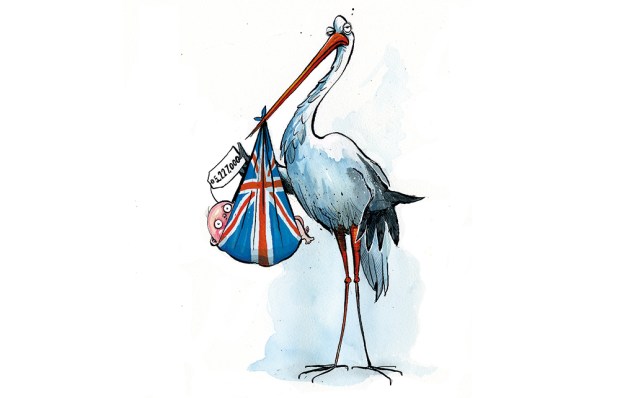
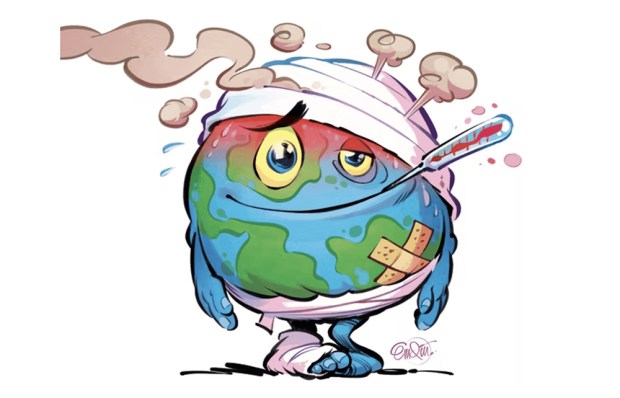






Comments
Don't miss out
Join the conversation with other Spectator Australia readers. Subscribe to leave a comment.
SUBSCRIBEAlready a subscriber? Log in